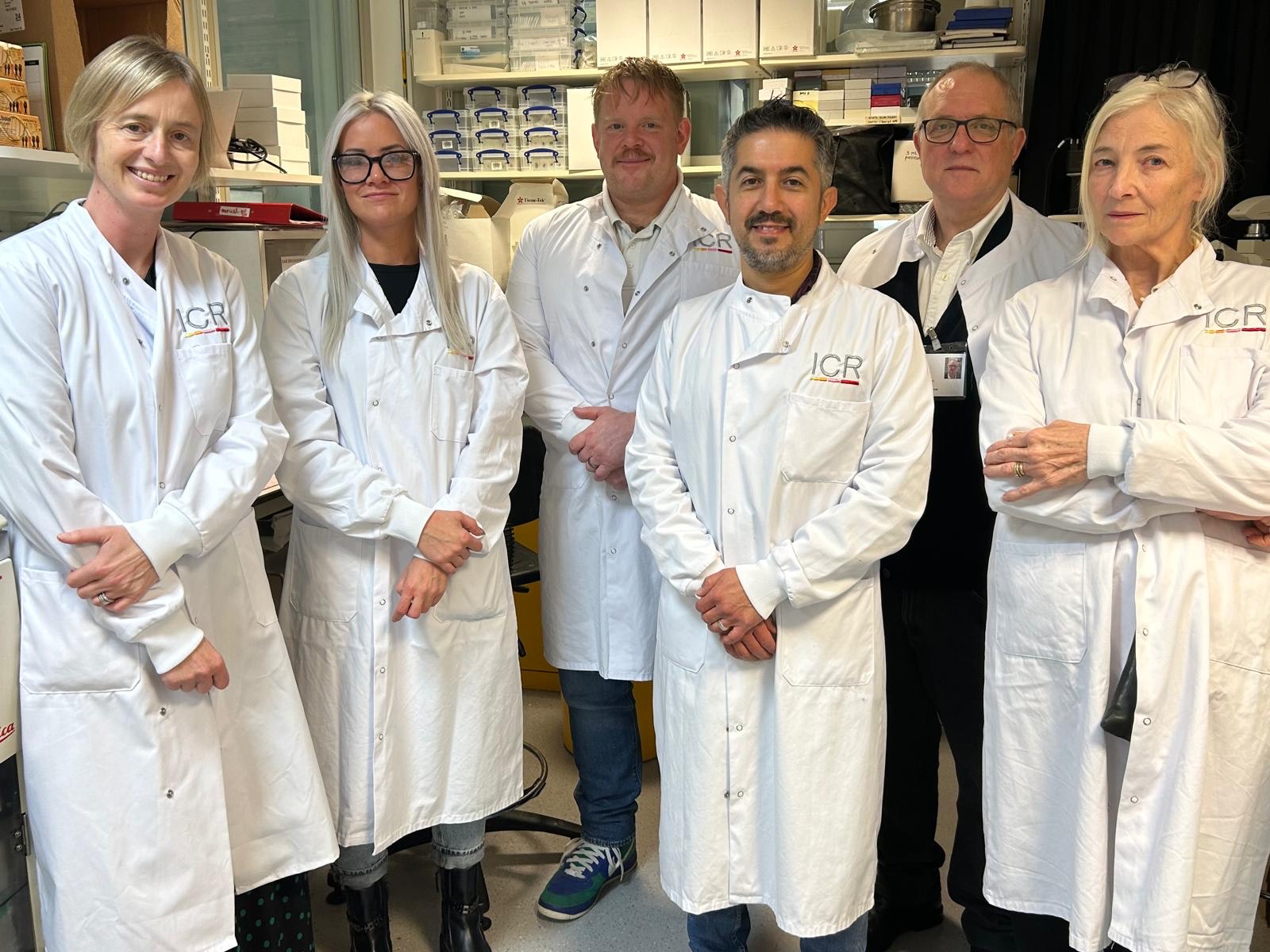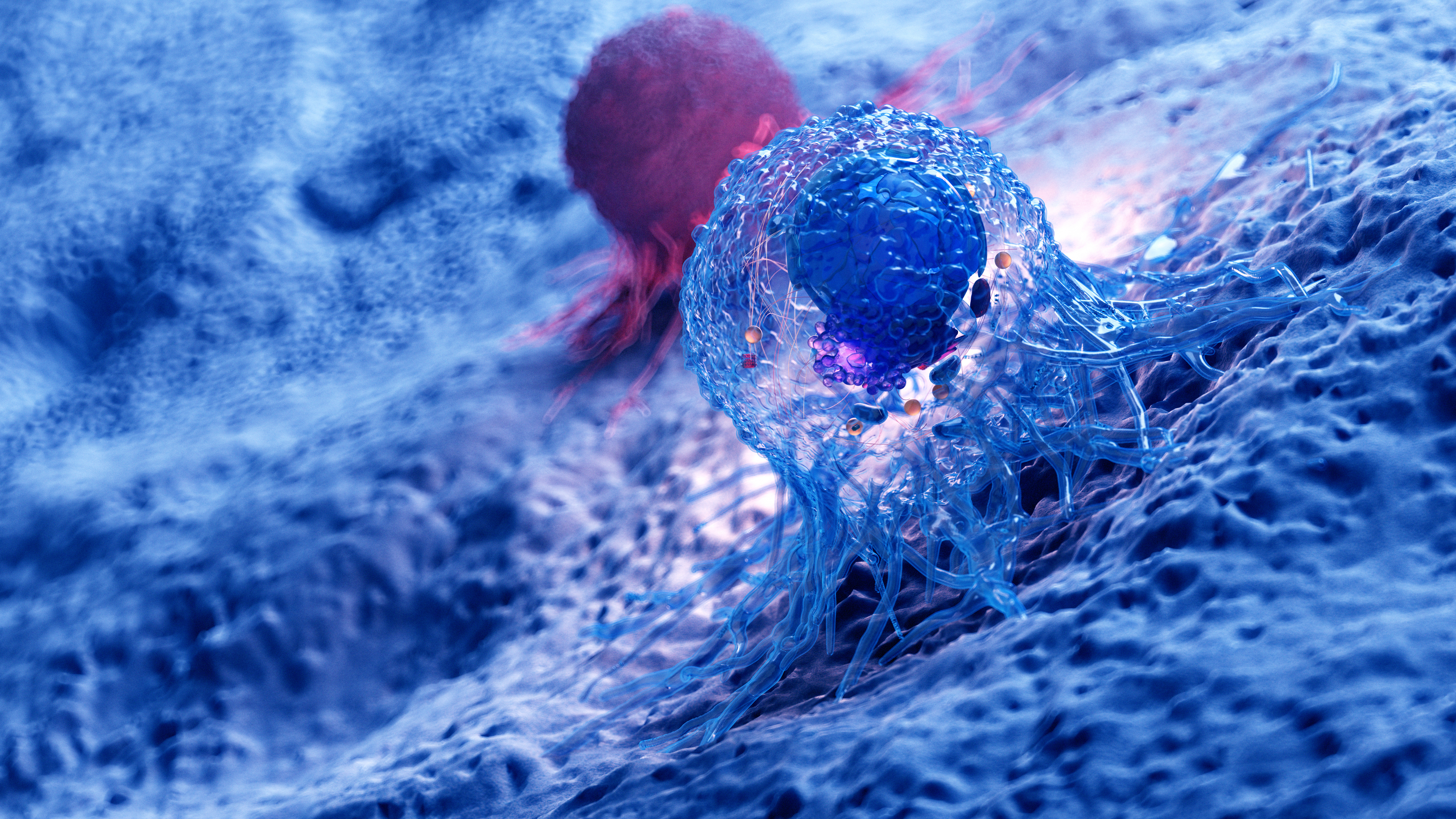During a routine check-up or due to symptoms, a doctor may find a mass in a child's abdomen. To confirm a neuroblastoma diagnosis, doctors will evaluate the child's medical history, perform a physical exam, and conduct diagnostic tests.

Neuroblastoma is a type of solid tumour that develops from immature nerve cells, triggered by genetic or chromosomal changes that lead to uncontrolled cell growth. This type of cancer usually occurs in children and is often diagnosed during infancy or early childhood.
Neuroblastomas are commonly found in the adrenal glands, but they can also appear in other areas of the body such as the abdomen, chest, neck, pelvis, and spinal cord. The cancer can spread to other parts of the body such as lymph nodes, bone marrow, bones, liver, or skin.
Neuroblastomas are classified into low, intermediate, and high-risk categories based on their aggressiveness. While low-risk and some intermediate-risk tumours are usually treatable, high-risk tumours may pose significant challenges for successful treatment.
Neuroblastoma comprises 6% of all childhood cancer cases in the UK, resulting in approximately 95 diagnoses each year.
Neuroblastoma is an uncommon form of cancer affecting the sympathetic nervous system, which comprises a network of nerves transmitting messages from the brain.
Typically diagnosed in children between 1 to 2 years of age, neuroblastoma may exceptionally be identified prenatally through ultrasound screening.

How Is Neuroblastoma Diagnosed?
When your baby or child goes for a routine check-up with a paediatrician, they may discover a mass in the child's abdomen. Alternatively, the child may report pain or other symptoms, prompting parents to seek medical attention.
In such cases, doctors will conduct a thorough evaluation, including a review of the child's personal and family medical history, physical examination, and various diagnostic tests to confirm a neuroblastoma diagnosis.
What Treatments Are Available?
Once your baby or child receives a confirmed diagnosis of neuroblastoma, the medical team will prioritise initiating treatment as soon as possible. Delaying treatment can allow the cancer to spread and make it harder to treat effectively.
Therefore, it's crucial to work closely with the medical team to create a treatment plan that suits your child's unique needs and start treatment promptly.
Surgery involves the removal of the neuroblastoma tumour or as much of it as possible. It's usually the first step in the treatment of neuroblastoma and may be performed before or after chemotherapy. In some cases, surgery may not be feasible due to the location or size of the tumour.
Chemotherapy involves the use of powerful drugs to kill cancer cells. It's usually administered intravenously and can be given before or after surgery. Chemotherapy is often used in combination with other treatments to maximise its effectiveness.
This treatment involves the collection and storage of healthy stem cells from the child's own bone marrow or blood. After high-dose chemotherapy, these stem cells are then infused back into the child's body to help rebuild the immune system.
Radiotherapy uses high-energy X-rays to destroy cancer cells. It's often used after surgery or chemotherapy to eliminate any remaining cancer cells. Radiotherapy may cause some side effects, but they are usually temporary.
These treatments are still in the experimental stage but show promise in treating neuroblastoma. Differentiation therapy involves using drugs to promote the maturation of neuroblastoma cells into normal cells, while immunotherapy uses the body's own immune system to fight cancer cells. These treatments are still being studied and are not yet widely available.
Research & Funding

Help the cause!
Through collaboration with the world-reowned Institute of Cancer Research (ICR), our foundation drives impactful projects that aim to make a difference in the fight against cancer.
With your generous support, we can amplify our efforts and achieve even greater results. Join us in this critical mission and help us make a lasting impact on the lives of those affected by cancer.




